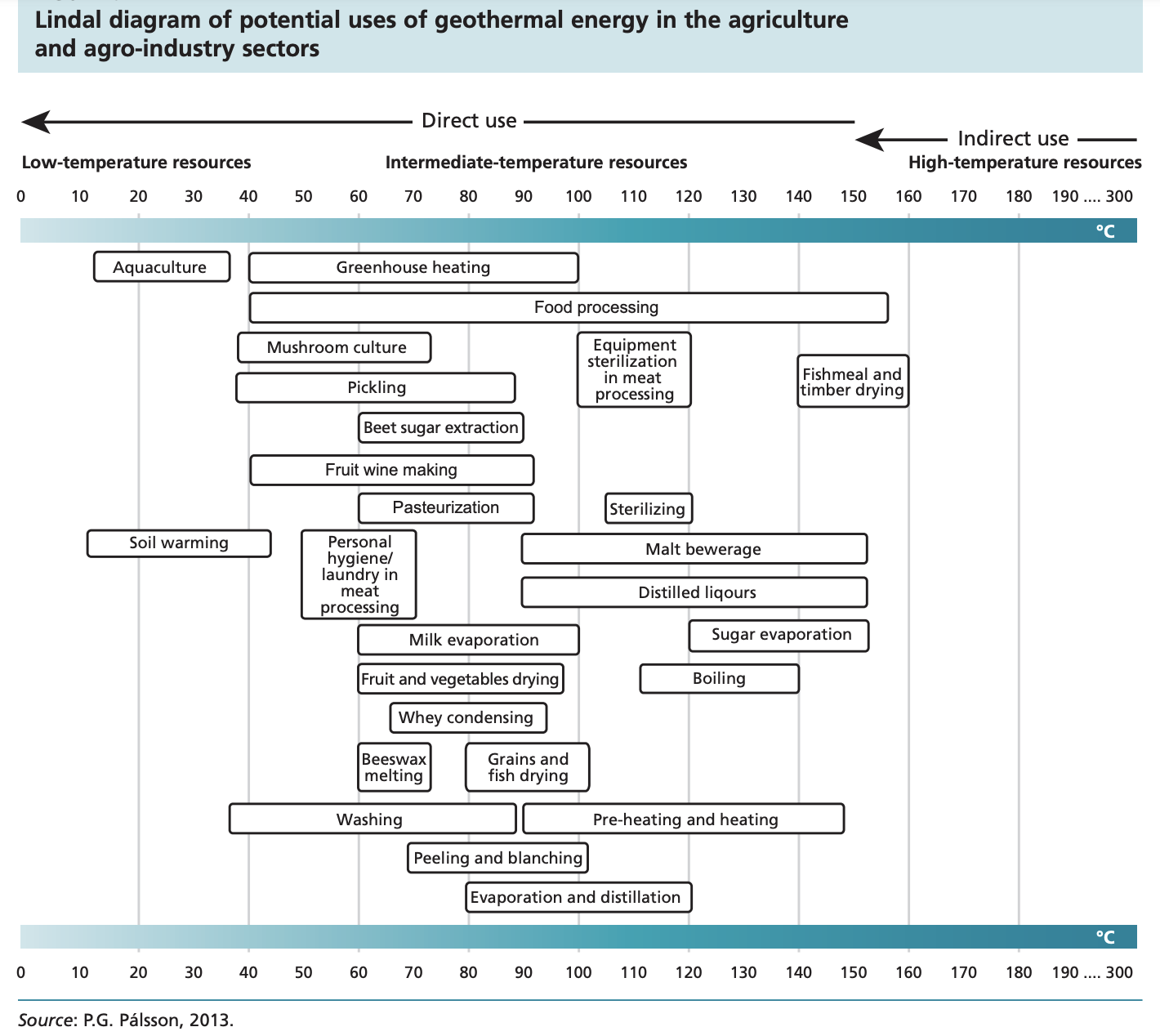Uses of geothermal energy in food and agriculture – FAO Report
The UN Food and Agriculture Organization (FAO) in 2015, published a great report on the “Uses of geothermal energy in food and agriculture – Opportunities for developing countries”.
A recent instagram post from Geothermal Pills by Luca Guglielmetti pointed towards a great report on geothermal energy and its use in food and agriculture by FAO, the Food and Agriculture Organisation by the UN. … by the way also check out the great map Geothermal Pills are working on.
We reported on the report in 2015, but think it is still as valid today and points out the opportunities.
Agriculture and agro-industry are still major economic sectors in most developing countries, where they are the main source of livelihoods for 75 percent of the poor (FAO, 2009).
However, the people in these countries face famine and poverty, mainly as a result of post-harvest losses and the lack of affordable energy for aquaculture and food processing. Estimates of post-harvest losses (in weight and quality) in developing and less developed countries range from 1 to more than 50 percent (National Academy of Sciences, 1978; Hodges, Buzby and Bennett, 2011). A recent FAO study (FAO, 2011) calculates that the agriculture and food sector’s share in total energy consumption is 30 percent, of which more than 70 percent is consumed 2 Uses of geothermal energy in food and agriculture – Opportunities for developing countries beyond the farmgate.
The sector also accounts for about 22 percent of total greenhouse gas emissions, including landfill gas produced from food wastes, and about 38 percent of all the energy consumed along the food chain is embedded in annual global food losses (FAO, 2011).
The unsatisfied demand for a sustainable supply of affordable energy is therefore a major constraint to development of the agriculture and agro-industry sectors in developing countries.
This publication summarizes the current status of geothermal energy use in agriculture and agro-industry sectors around the world and seeks to provide developing countries with guidance on how to utilize geothermal energy to develop their agriculture and agro-industry sectors.
The book is organized according to a simple format with illustrations, graphs and models of geothermal energy use for easy reference to help non-technical readers to increase their understanding of geothermal energy and its possible future applications.

Have a look via the link below.
The report can be accessed here (pdf).